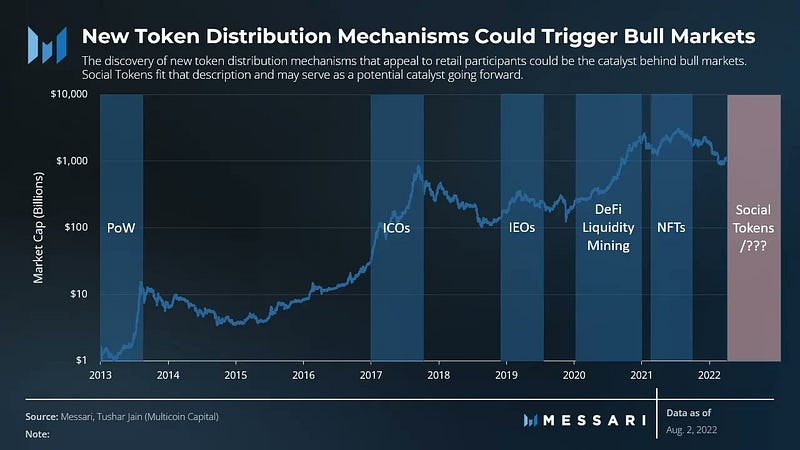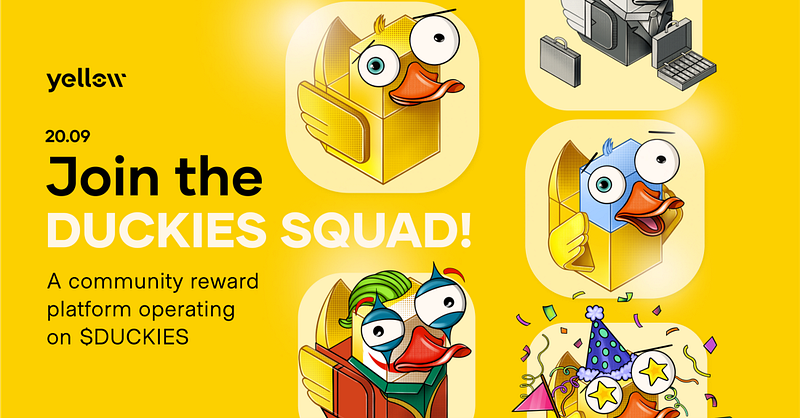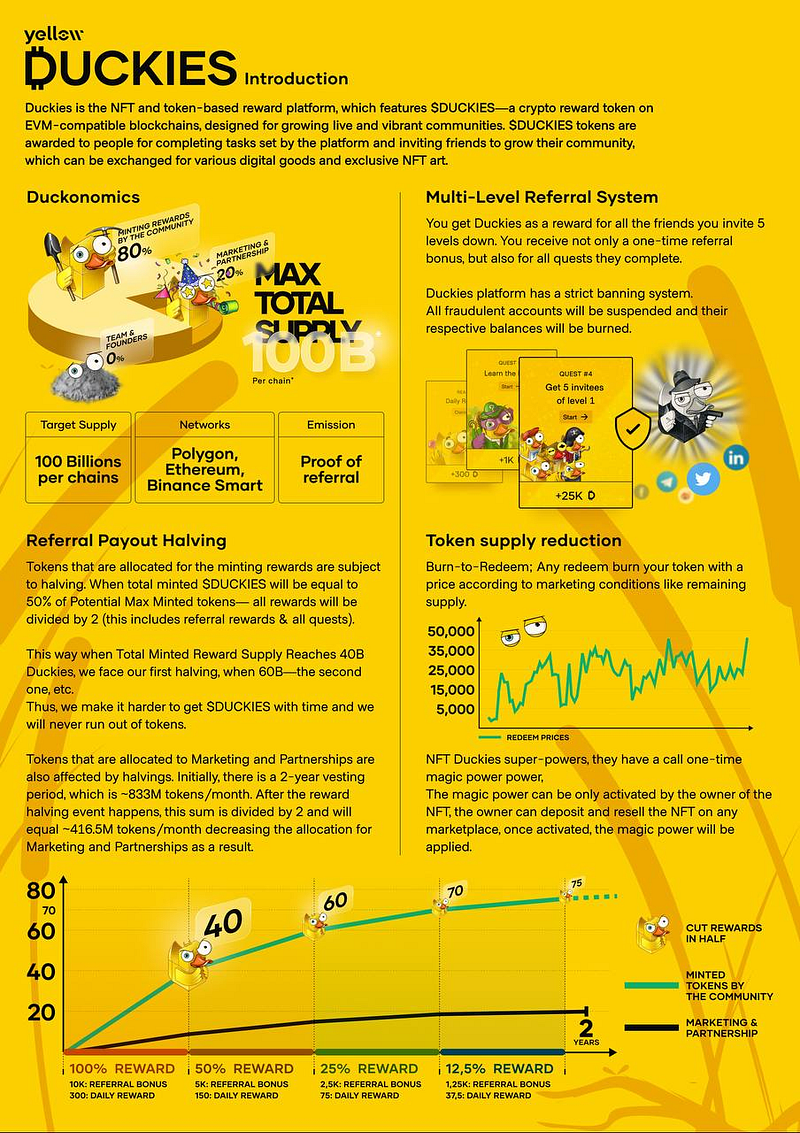Introduction
Blockchain has brought new ways of developing decentralized projects, marketing, and creating value directly between participants.
DeFi, in particular, has witnessed these features above, taking advantage of tokens as the main means to distribute value and utility through tokenomics and mechanisms design.
That said, these tokens not only served more financial-related purposes but also more social, business, and political ones, like Governance, which should be responsible for project developments.
Some tokens began to switch from capturing value to creating it by generating utilities.
However, it is still a hard objective to accomplish and many projects died trying. Many others tried the path of liquidity mining which has proved to be unsustainable over time.
We understand that tokens must be well-projected and designed to offer valuable experiences, products, and services. Social Tokens represent an experiment of what blockchain technology and Web 3.0 have been capable of and, with that, all the benefits that could derive for teams, institutional entities, and retail users.
Social Tokens are a tool for social coordination and alignment within an ecosystem (macro) or a project (micro), and they also take advantage of incentivization to achieve that.
In DeFi, above all, incentives are crucial, even if those should maintain a certain balance in the system rather than being extreme and causing situations like Mercenary Liquidity.
Micro and Macroeconomics became fundamental pillars in the crypto world, and they are now a metric used for rating a project, a token, or both.
Messari claimed that social tokens, through some innovative novel Token Distribution Mechanism Models that may arise, could act as a catalyst for the next bull market.

DUCKIES: The Yellow Social Token Project

Duckies is an "NFT & token-based reward platform built on Polygon. It is designed to deepen the connection and boost the engagement of the powerful and rapidly growing Yellow Network ecosystem".
Click here to get your first 10,000 $DUCKIES tokens!
I have already covered here on Medium what Yellow Network is and why it is a good solution within DeFi that leverages Layer3 and State-Channels technologies.
$DUCKIES, the reward token, helps bootstrap Yellow Network and faces new paths for community growth, involvement, marketing, and more data-driven feedback that may support the team and the community in making some adjustments to the Yellow and DUCKIES project.
The two projects naturally cooperate, and they are, in a sense, connected. $DUCKIES holders can exchange their tokens for $YELLOW on the Duckies Platform and benefit from the main protocol token, whose utilities were explained in my previous article. Furthermore, $DUCKIES can be exchanged for unique NFTs, Yellow Merch, or swapped for your preferred token.
$DUCKIES has a total supply of 100 billion tokens, and it rewards all users and contributors for their commitment and helps within the Yellow ecosystem.

You can earn the DUCKIES tokens in several ways
- Social interactions
- Completing quests: there are many actions and quizzes you can do to earn $DUCKIES. To stay current on these opportunities, Yellow has a dedicated DUCKIES telegram group: https://t.me/yellow_org.
- Participating in contests & community initiatives: by owning a DUCKIES NFT, for example, you will be able to join events & community calls.
- Inviting friends and fellow crypto enthusiasts: Yellow has decided to leverage referrals for its social token as a way to make people discover DUCKIES and Yellow itself. Through referrals, you can earn from 20% to 500% for each member who joins using your referral link, and the more people join the Yellow network, the more rewards you get. Finally, If your friends invite their pals, you'll get even more bonuses!
Conclusion
This article shows how Social Tokens could enhance the Blockchain and DeFi space and how Yellow has designed its own to reward and align the community into a common vision.
Social Tokens embed a lot of game theory and incentivization, and a well-projected mechanism model could boost a project's adoption and revenue. Micro economies could finally merge into macro ones and lead to further new systems that will change our behaviors (like social technologies have proved to do) that may benefit users and projects.











